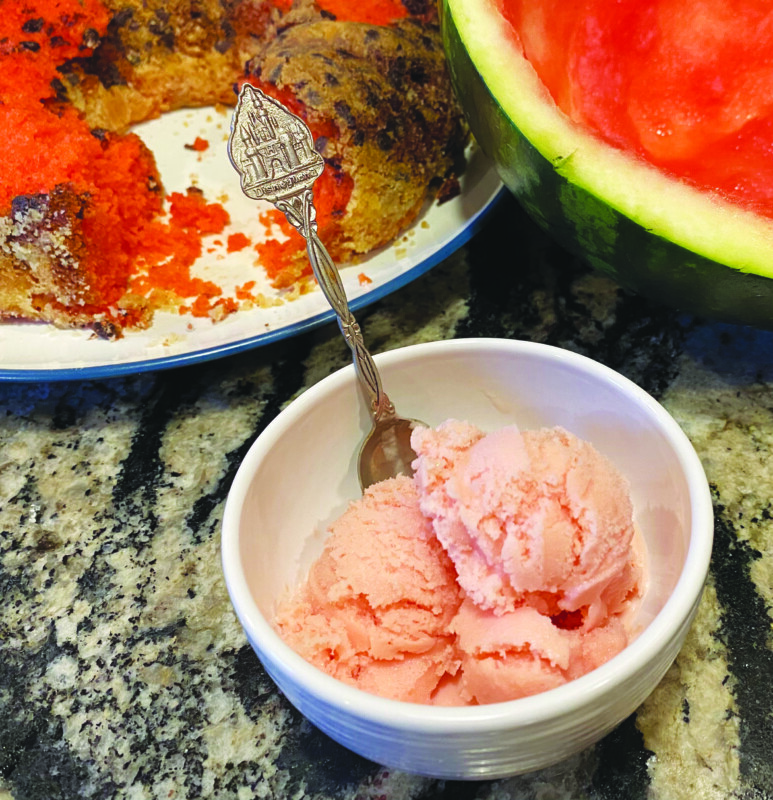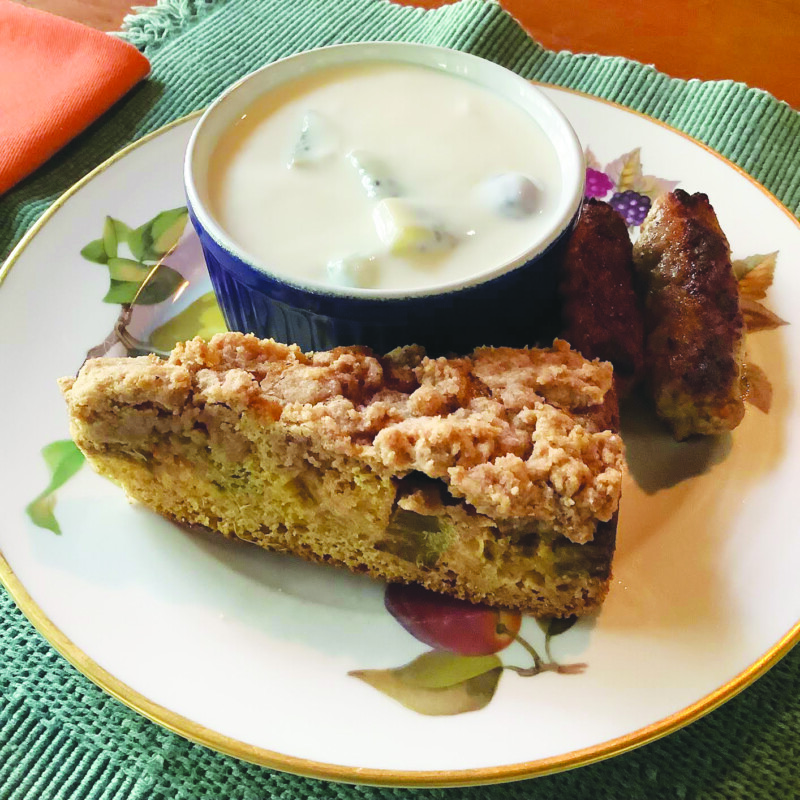Göden, Vale of the Fallen (Svart Records)
Awesome, a sludge-metal album, such a cute sludge-metal album, who’s the good boy! The public relations person uses the confounding blurb “Celtic Frost is to Triptykon what Winter is to Göden” to describe it, because see, Göden is the follow-up project to Winter, same guy and whatnot, take from that what you will. This “slab” starts out with a really depressing instrumental with fake strings, then it moves into some super-slow Exorcist stuff with the title track. I think he’s grumble-singing about the fiery end of civilization, but it could also be about bunnies, I don’t know. The singer bro sounds kind of like Papa Satan from Ministry but he’s trying too hard. On and on it goes for 4.5 minutes, then it’s “Urania,” which sounds like the previous tune but in a different key. It’s haunted graveyard music for making sure your mom doesn’t dare enter your room without knocking super loudly. C
Clare O’Kane, Everything I Know How To Do (Pretty Good Friends Records)
It’s been too long since the last time a standup comedy album came in for inspection. I think the last time somebody sent one in, I was listening to a lot of Doug Stanhope’s stuff, but nowadays I’m into Anthony Jeselnik, the American Psycho of comedy. But I’ll get sick of him too, of course, all of which leads to the question “Why do people buy comedy albums?” given that once you’ve heard the jokes, why listen to them again? Anyway, this pansexual, polyamorous OCD sufferer from New York City riffs on her quitting the Saturday Night Live writing staff, bravo for her, and she does get plenty raunchy. Personally, I think everyone has an OCD gene somewhere in there, and her takes on it aren’t all that funny. It gets better when she equates people’s reactions to her pansexuality lifestyle to when you see some rich person riding around on one of those electric one-wheel gizmos, like what are you even supposed to talk about with someone like that? She’s a good egg, this lady. B
PLAYLIST
A seriously abridged compendium of recent and future CD releases
• Cowabunga, dudes, it’s the May 31 CD-release Friday, that’s pretty gnarly, isn’t it? It means that we are heading straight for the summer, on our totally tubular and bodacious day-glo skateboards, and to take us into the molten lava temperatures (and always rainy weekends, again) that are surely ahead, it’s time for y’all to stop looking at sight-gag TikToks and sneaking peeks at all the nonsense your exes are up to on Facebook, and survey the squadron of albums that are, as we speak, headed to our Pandoras and toy Apple apps, for our listening perusal and etc.! But first, I hope you’re saving your buffalo nickels and Bitcoins, because my second book will be coming out on June 10! It’s a semi-humorous “travel guide” of sorts for people who spend a lot of time on Twitter and Facebook and whatnot discussing politics! It is titled My Year In The Online Left: Social Media, Solidarity, And Armchair Activism, and you’ll be able to order it at basically any bookstore in the world, so remember to do that, please, at least one of you, out of pity, that’d be great, now let’s look at all the new albums that had the audacity and the brass Chiquita bananas to dare darken my music-journo door, expecting me to give them unbiased reviews and urge my thousands of readers to buy said albums, when in reality, as usual, said albums will have me running for the Pepto-Bismol and guzzling the whole bottle-load of its shocking-pink wonder drug elixir in one gulp after hearing to just a few notes from said whatnots! No, I’m just kidding, gag me with a spoon, let’s have a look at the new album from Australian sports-bar standbys Crowded House, Gravity Stairs! You all know the House, or at least you’ve heard the Sixpence None The Richer cover version of their song “Don’t Dream It’s Over,” because it plays at every Hannaford supermarket whenever you can afford to go in there, good for them. The new single, “Oh Hi,” is a mellow blend of MGMT and ’90s radio-pop that goes down quite nicely, thankyouverymuch.
• Some of you remember Bat for Lashes from a few years back, but I don’t, I just remember confusing her with the Fruit Bats or whatever their name was, and thinking what a stupid band name Bat For Lashes is. But that’s all water behind the bridge now, like, I can look past a lot of things, including bands that give themselves stupid names, all I ask nowadays is for bands not to sound like Pavement or Slint, that’d be great. The new album from this person, whose real name is Natasha Khan, is The Dream Of Delphi, whose title track is airy and atmospheric, except with Nintendo keyboards, which is a new one on me, I have to admit.
• British indie/baroque-pop singer/whatever Richard Hawley was raised on rockabilly, which is all anyone should be listening to these days, like my next mix for the car is going to have ’50s and ’60s music on it, like “Wooly Bully,” remember I talked about that song a couple of weeks ago, guys? Sam The Sham should have been bigger than Elvis, but that’s neither here nor there, let’s just get this new Robert Hawley album, In This City They Call You Love, off my plate so I can do some day-drinking, don’t try this at home, folks. The single, “Two for His Heels,” starts out sounding like Bruce Hornsby’s “The Way It Is,” if there are any fans of depressing music out there, then it turns into Hawley doing an Elvis impersonation over — I don’t know, some tosser track from the 1980s Fright Night soundtrack. All set with this.
• We’ll close the week with remember to buy my new book on June 10, oops, I mean the new album from Ben Platt, Honeymind! Opening song “Cherry On Top” is mildly edgy jangle-indie.






